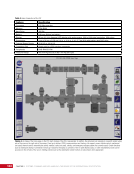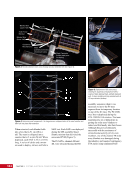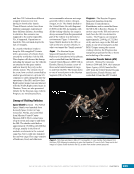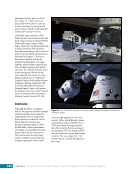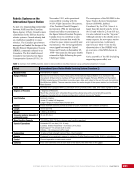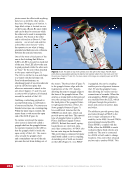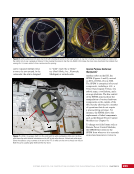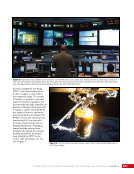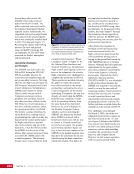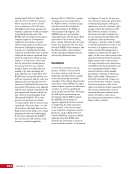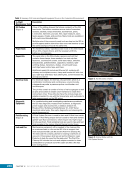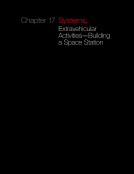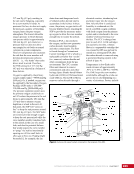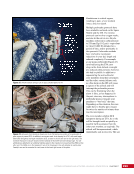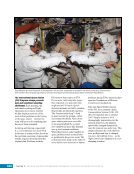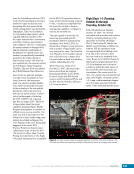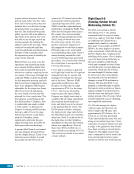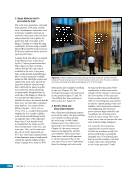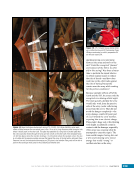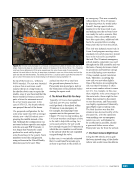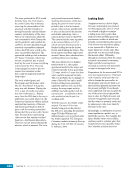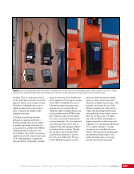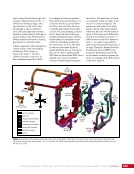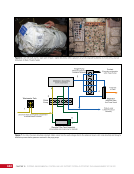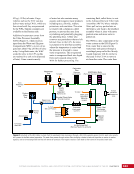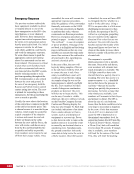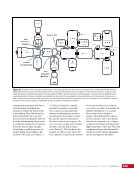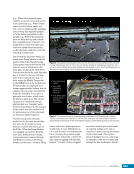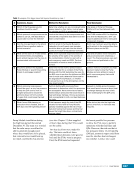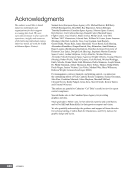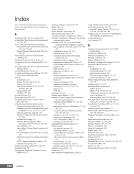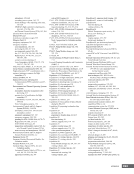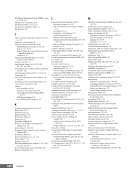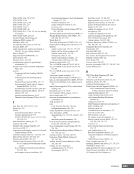CHAPTER 3 SYSTEMS: STRUCTURE AND MECHANISMS—THE INTERNATIONAL SPACE STATION’S SKELETON 50 of the orbiter airlock. The Crewlock is attached to the larger Equipment Lock of the airlock. A US Common Hatch at the Equipment Lock/ Crewlock interface allows only the Crewlock to be depressurized when crews go on EVAs (see Chapter 17). Figure 17. The external side of the Permanent Multipurpose Module hatch prior to launch. The actual hatch mechanisms and linkages are all on this side of the hatch—the side that faces space vacuum. Note that both the internal side and the external side of the hatch have crank handles the hatches can be opened or closed from either side of the hatch. Windows on the World The ISS has numerous windows. These windows are large feedthroughs that run the risk of leaking the large, fragile panes of glass could easily be damaged by orbital debris. It stands to reason that the occupants of the Earth- orbiting outpost would want to be able to see the planet. Although the windows enable crew members to look down at their home, sightseeing is far from the primary purpose for those windows. In fact, the windows on the ISS are positioned primarily for scientific research and educational purposes as well as for enabling the crew to have situational awareness of the space immediately around the space station during EVAs and robotic operations, and during the approach or departure of visiting vehicles. The Service Module alone has 12 windows, most of which are Earth facing. Other Russian Segment modules contain a number of windows, as well. Each US Segment hatch also has a window, although most windows on closed hatches are usually covered by a protective blanket on the outside or by stowage bags on the inside, meaning that the crew rarely uses the hatch windows for viewing. The primary purpose of the hatch windows is to view incoming modules (reference the “Finding Ready to Latch” section of this chapter). Thus, an external flap is left closed over the window to protect it from orbital debris until a hatchway is intended to be connected to a new module. Hatchways are also highly convenient locations inside the ISS where crews can temporarily stow hardware that might be staged for an upcoming cargo vehicle. This
Purchased by unknown, nofirst nolast From: Scampersandbox (scampersandbox.tizrapublisher.com)








































































































































